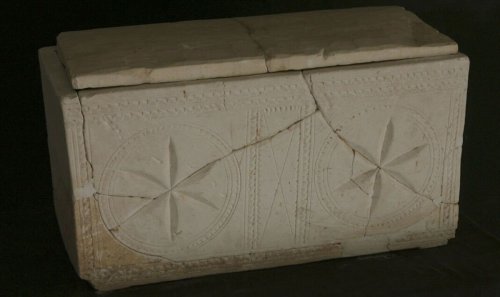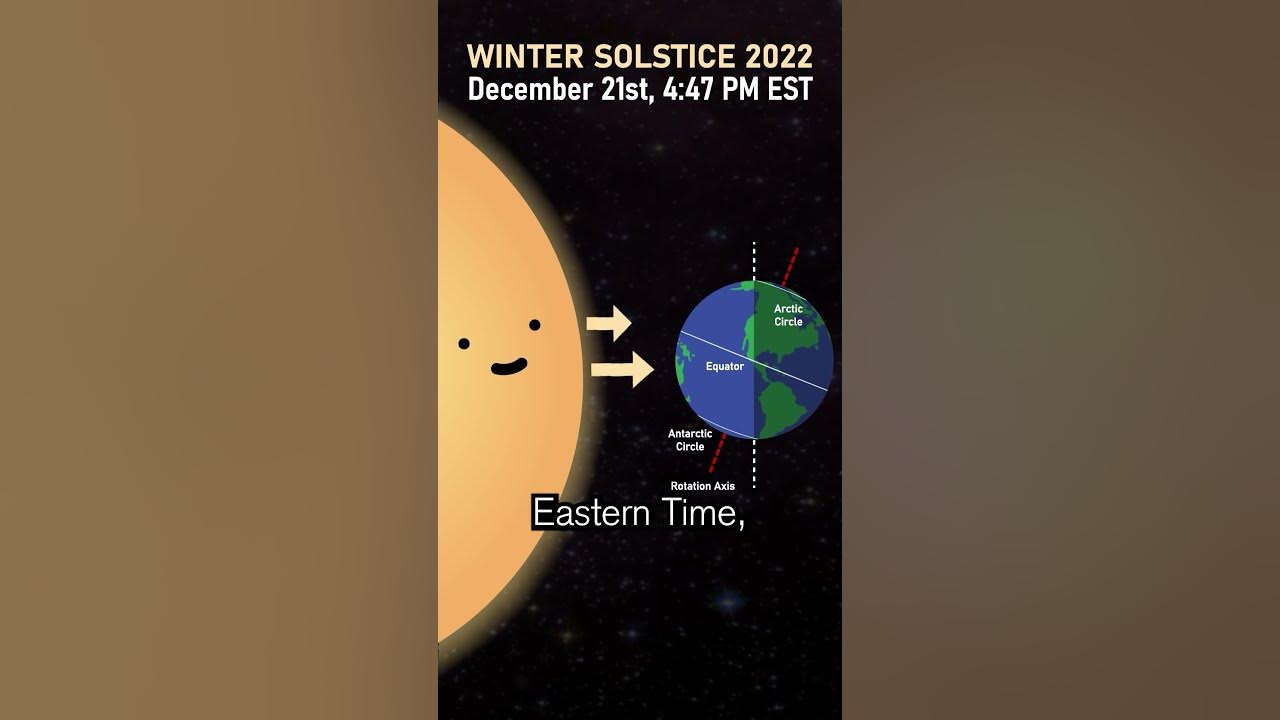


The recent discovery of 56 enigmatic "UFO galaxies" by the JWST telescope has opened up new possibilities for exploring the secrets of the universe. These red, disc-shaped galaxies were hidden by thick layers of dust and debris, and their unique appearance challenges current understandings of galaxy formation. Astronomers have found that these UFO galaxies share structural similarities with the Milky Way, but contain 50 times more dust. This groundbreaking discovery throws light on the mysterious processes that lead to the creation of cosmic structures and highlights the need for further exploration of the cosmos.
James Webb Space Telescope Unveils Enigma of "UFO Galaxies"
The James Webb Space Telescope (JWST), a revolutionary astronomical observatory, has made an unprecedented discovery that has ignited excitement and speculation within the scientific community. The telescope has identified 56 puzzling "UFO galaxies" hidden amidst the vastness of the universe.
Discovery and Characteristics:
These enigmatic galaxies are characterized by their peculiar red, disc-shaped appearance and an extraordinary abundance of dust. They defy conventional understanding of galaxy formation and challenge longstanding theories. Interestingly, astronomers have noted structural similarities between these UFO galaxies and the Milky Way, but with a staggering 50-fold increase in dust content.
Implications and Significance:
The discovery of these UFO galaxies opens up new avenues for investigating the intricate processes that shape cosmic structures. By shedding light on the mysterious mechanisms behind galaxy formation, this finding offers valuable insights into the evolution of the universe. Furthermore, it underscores the potential of the JWST to push the boundaries of astrophysical knowledge.
Top 5 FAQs and Answers:
1. What is the significance of the UFO galaxy discovery? Answer: It challenges existing theories of galaxy formation and provides new perspectives on the evolution of the universe.
2. How were these galaxies previously hidden? Answer: They were obscured by thick layers of dust and debris, rendering them invisible to previous telescopes.
3. Do UFO galaxies have anything to do with extraterrestrial life? Answer: The term "UFO" in this context refers to the galaxies' unusual shape and appearance, and not to any connection with unidentified flying objects.
4. What's next for research on UFO galaxies? Answer: Astronomers will continue to study these galaxies using various telescopes and instruments to unravel their secrets.
5. What other discoveries has the JWST made? Answer: The JWST has made numerous groundbreaking discoveries, including the detection of the earliest stars and galaxies in the universe and the characterization of exoplanets with Earth-like properties.
Conclusion:
The discovery of 56 UFO galaxies by the James Webb Space Telescope is a testament to the transformative power of scientific exploration. This finding has profound implications for our understanding of the universe and sets the stage for continued discoveries and advancements in astrophysics.

A bone box with the inscription "James, son of Joseph, brother of Jesus" was recently put on display in Atlanta, Georgia. The box is believed to have once held the remains of James the Just, brother of Jesus, making it the oldest physical evidence of Jesus. Despite some controversy and accusations of forgery, the box has been declared authentic by experts.

As the winter solstice approaches on December 21st, the Northern Hemisphere will experience the shortest day and longest night of the year. This natural phenomenon has captivated people for centuries, with ancient traditions and festivals taking place around the world. Through science, we can understand why this occurs and how it affects different regions of the world differently.

Every year, the Northern Hemisphere experiences the arrival of winter on the winter solstice, which marks the shortest day and longest night due to the Earth's tilt on its axis. As the North Pole is furthest from the sun, it receives the least amount of sunlight, resulting in a gradual lengthening of days towards the arrival of spring. This year, the winter solstice falls on December 21 and will be celebrated by people worldwide in various ways to mark the significant celestial event.

In a miraculous surgery, doctors at Kurnool Government General Hospital successfully removed a one-foot stick from the stomach of a 12-year-old boy who had fallen from a tree and suffered an abdominal injury. The head of the Paediatrics Department, Dr Shiva Kumar, along with doctors from the orthopaedic and anaesthesia departments worked together to perform the three-hour long surgery. The patient, Irfan, is now able to walk on his own and is expected to make a full recovery in a month.

NASA has released stunning new images of two nearby star clusters that resemble a wreath and a Christmas tree. These clusters, known as NGC 602 and NGC 2264, are located in the Small Magellanic Cloud and are made up of young stars. The images were created by combining data from NASA's Chandra X-ray Observatory and James Webb Space Telescope. As we celebrate the winter solstice, take a moment to marvel at these cosmic Christmas decorations.

Vladimir Putin's announcement about the development of a cancer vaccine in Russia has stirred up a wave of hope among patients and experts alike, with its promised release for general use as early as 2025. As the world grapples with the devastating effects of cancer, the Russian vaccine, developed with the help of AI technology, could potentially revolutionize the way we understand and treat the disease. However, with other countries also racing to develop their own versions of cancer vaccines, the competition is stiff, and the details of Putin's claim are yet to be revealed. If successful, this could mean the end of the world's biggest killer.

Indian-American astronaut Sunita Williams and her colleague Barry Wilmore have been stuck at the International Space Station for six months due to a malfunctioning spacecraft. Their rescue mission has been further delayed as NASA announced a delay in the return flight on SpaceX's Crew-9 Dragon capsule. They are now expected to spend close to ten months in space, raising concerns about their health as astronauts require twice as many calories in space due to changes in their metabolism. NASA's Commercial Crew Programme Manager has commended the SpaceX team for their efforts in preparing a new spacecraft for the mission.

Russian scientists have developed a vaccine that may be able to treat cancer, offering hope to patients who previously had no guaranteed cure. The vaccine is currently in testing and is expected to be available in early 2025. While there is still more testing to be done, pre-clinical trials have shown promising results in slowing the growth and spread of cancer. It will be available for free in Russia, but there is no information yet on which types of cancer it will treat or what the name of the vaccine will be. Similar treatments are also being developed in other countries, such as the UK.

Towana Looney, who had been on dialysis for eight years, became the fifth American to receive a gene-edited pig kidney transplant at New York University Hospital. The transplant was a success, with the kidney immediately turning a healthy color and functioning properly. This groundbreaking procedure is expected to become a lifesaving technology for many patients suffering from organ failure.

With the Gaganyaan mission quickly approaching, the Indian Space Research Organisation (Isro) has made significant progress in its preparations. All propulsion systems for the launch vehicle are ready, the crew escape system has been tested, and the crew and service modules are in the process of integration. According to the reply by Minister of State for Space Dr Jitendra Singh, the first uncrewed mission is targeted for the end of 2024, with a series of further missions set for 2025 and 2026. With all the ground infrastructure and support systems in place, India is gearing up for a historic first crewed mission in 2026.